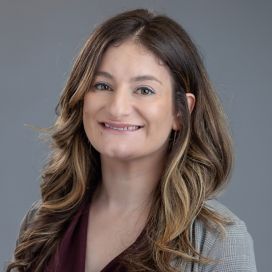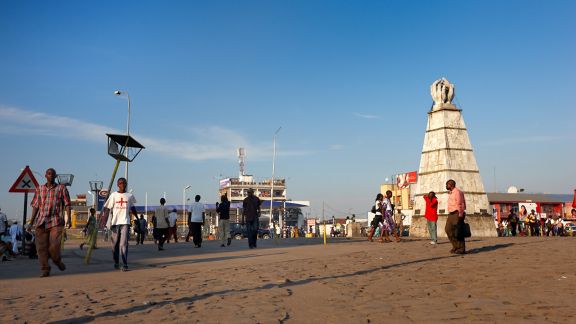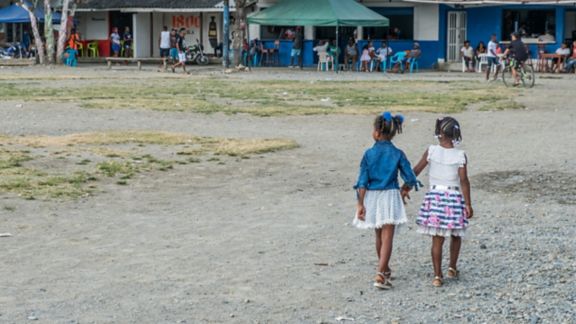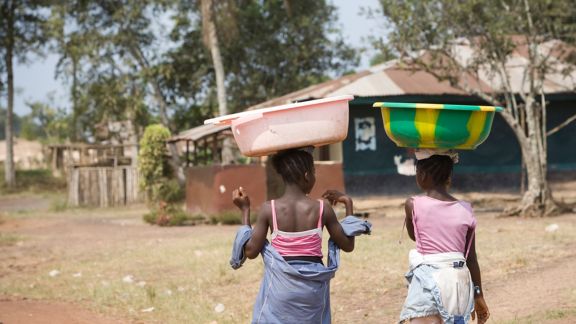Improving Design, Evidence & Learning (IDEAL)
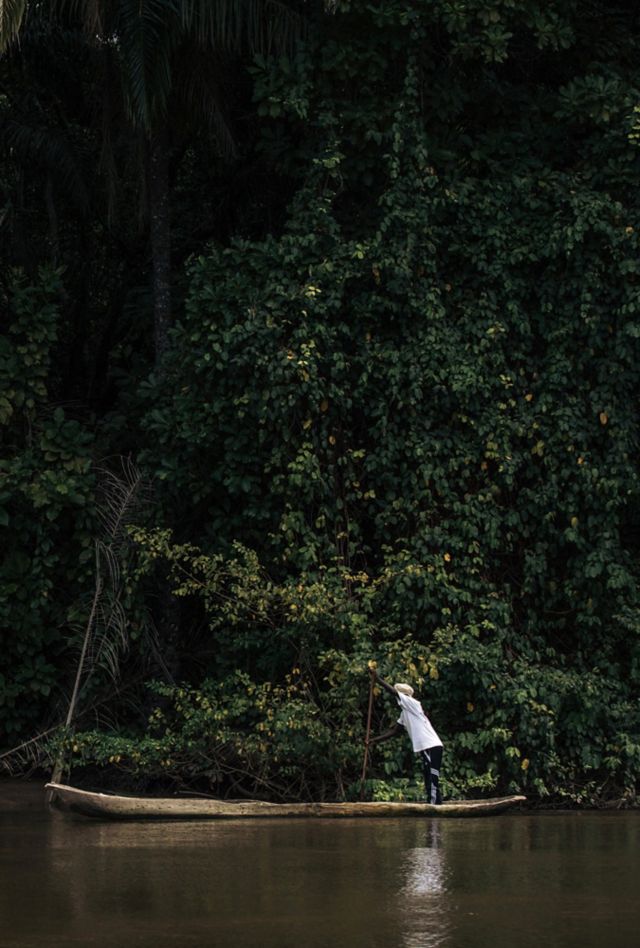
Problem
Biodiversity conservation has been hampered by a lack of effective evidence-based solutions.
Biodiversity—the variety of animals, plants, fungi, and even microorganisms that comprise the multiple ecosystems of our natural world—provides essential goods and services for human development but is declining at an unprecedented rate. The drop in the number, size, quality, and diversity of species and ecosystems across marine, coastal, inland freshwater, and terrestrial realms threatens natural and human systems alike, and ultimately global development. Biodiversity loss makes nature-dependent communities more vulnerable, insecure, and can even heighten conflict, while also threatening economic growth, health, and human well-being more widely.
To promote the security, health, and prosperity of communities worldwide, the U.S. Agency for International Development (USAID) has supported biodiversity conservation for over 40 years. This has resulted in a strong understanding of the extent and drivers of biodiversity loss. However, the global evidence base of effective strategies and interventions to address this loss, and the challenges it presents for human development, is still nascent. Even when evidence is available, it is not always leveraged in the design, implementation, and monitoring of biodiversity programs. This limits program effectiveness and sustainability. USAID seeks to change this dynamic by generating and synthesizing evidence to promote global learning for improved biodiversity conservation.
Solution
NORC is conducting a range of evaluations, tailored assessments, broad evidence syntheses, and offering rapid-response evidence.
In 2023, USAID’s Center for Natural Environment commissioned NORC, prime contractor Environmental Incentives, the World Resources Institute, and Foundations of Success with implementing Improving Design, Evidence and Learning (IDEAL). IDEAL is a five-year project that provides USAID with a suite of services that generate and synthesize evidence of effective approaches for countering biodiversity loss and making their programming more effective and sustainable. We and our IDEAL partners collaborate to ensure services for evidence, program design, adaptive management, and learning are effectively integrated. NORC leads the consortium in designing and implementing research and evidence activities that inform USAID decisions and feed evidence into the design and adaptive management of new programs. Our activities include:
- Targeted evidence syntheses
- Program evaluations
- Custom and standardized assessments
- Staffing a rapid-response evidence help desk
Result
USAID has new scientifically rigorous evidence to improve biodiversity and sustainable landscapes programming.
By developing and delivering high-quality evidence-based products, NORC is creating greater awareness of effective approaches for countering biodiversity loss and helping USAID put knowledge into action. Following are examples of activities during our initial year:
- A customized biodiversity assessment in Vietnam
- A portfolio-wide retrospective assessment of multiple generations of fisheries programming in the Philippines
- Targeted evidence syntheses on a range of biodiversity topics of sector-wide interest or to meet specific USAID Mission needs
- Collaboration with program cycle support experts to integrate evidence into new designs, strategies, and programs
- Analytical support for the design of sustainable landscapes programming in Ecuador that aims to provide biodiversity conservation and ecosystem services co-benefits
Related Tags
Project Leads
-
Lauren Persha
Principal Research ScientistProject Director -
Sarah Chamness Long
Senior Research DirectorActivity Manager




